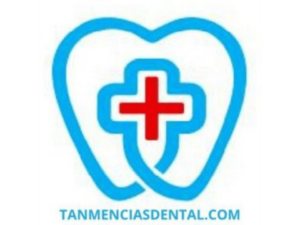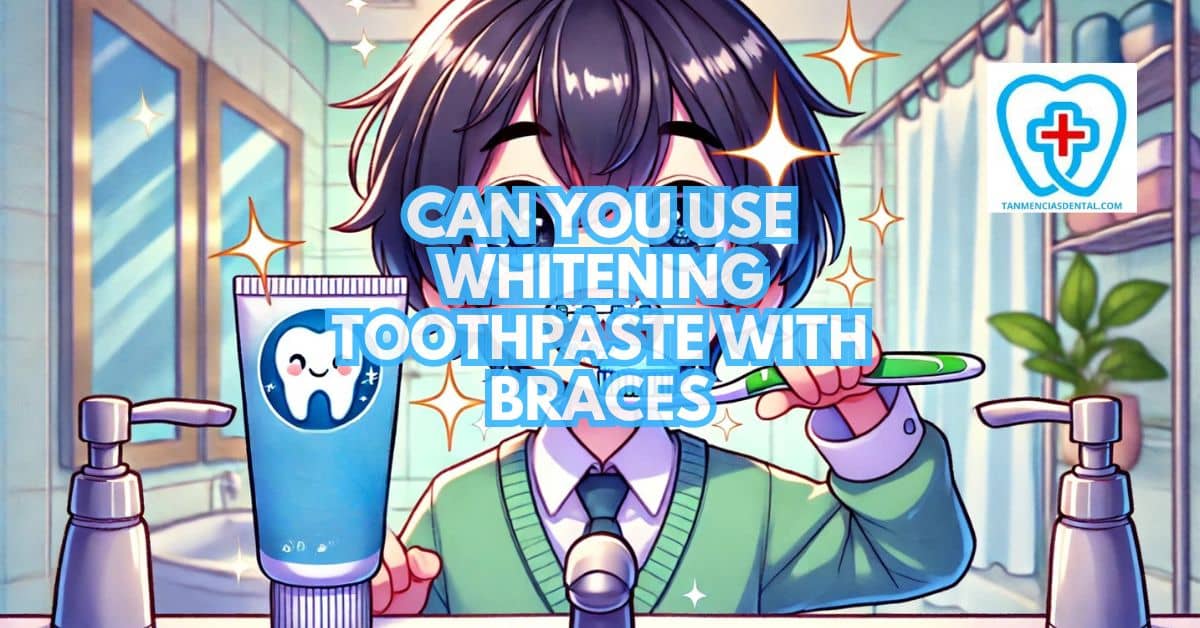Whitening toothpaste is widely used to brighten teeth, but is it safe for those with braces?
Many people with braces want to keep their teeth white but may not understand the risks.
Some whitening toothpastes contain abrasive ingredients that can erode enamel, making teeth more sensitive.
Braces also cover parts of the teeth, which can lead to uneven whitening once they are removed.
Knowing how whitening toothpaste interacts with braces can help in making the best decision for oral health.
1. What is Whitening Toothpaste and How Does It Work?
Whitening toothpaste is formulated to remove surface stains from teeth.
It typically contains mild abrasives that polish the enamel, as well as chemical agents like hydrogen peroxide or carbamide peroxide that break down stains.
Unlike professional whitening treatments, it does not deeply penetrate the enamel to alter the natural color of teeth.
Instead, it gradually lightens discoloration caused by food, drinks, and plaque buildup.
The effectiveness of whitening toothpaste varies depending on the severity of stains and how often it is used.
🦷 Can Veneers Get Cavities? Here’s What Your Dentist Wants You to Know
2. The Challenges of Oral Care with Braces
Braces make it harder to clean teeth thoroughly, as food particles can get stuck between brackets and wires.
If plaque and debris are not removed, it can lead to staining, cavities, and gum irritation.
Traditional toothbrushes may struggle to clean around brackets, making additional tools like interdental brushes and water flossers essential.
Flossing also becomes more difficult since braces create obstacles that make it harder to reach between teeth.
Without proper care, plaque buildup can lead to increased discoloration and oral health issues.
🦷 Can You Whiten Bonded Teeth Effectively at Home?
3. Why Whitening Toothpaste May Cause Uneven Whitening
Braces cover certain areas of the teeth, preventing whitening agents from reaching those spots.
This results in uneven whitening, where exposed portions of the teeth appear lighter than the areas covered by brackets.
The contrast can become especially noticeable once braces are removed, leaving some areas darker than others.
Since braces remain on the teeth for a long time, this uneven effect may not fade right away.
To achieve a consistent whitening effect, many dentists recommend waiting until after braces are removed before using whitening treatments.
🦷 Essential Tips for Maintaining Good Oral Hygiene
4. How Whitening Toothpaste Can Affect Your Tooth Enamel
Some whitening toothpastes contain abrasive particles that scrub stains off the enamel.
While this may help brighten teeth, it can also wear down the enamel over time.
Thin enamel can increase sensitivity to hot, cold, or sweet foods and make teeth more vulnerable to cavities.
Braces already make teeth more susceptible to plaque buildup and demineralization, so using harsh toothpaste can further weaken enamel.
Opting for a non-abrasive toothpaste can help maintain enamel strength and prevent long-term damage.
🦷 Do Chipped Teeth Heal? Why Professional Treatment Is Often Necessary
5. What Dentists Recommend for Braces Wearers
Most dentists advise against using whitening toothpaste while wearing braces.
Instead, they recommend fluoride toothpaste to strengthen enamel and prevent cavities.
Regular dental checkups and professional cleanings can help remove plaque and prevent stains.
Dentists also suggest using a soft-bristled toothbrush and orthodontic floss to clean around brackets and wires.
After braces are removed, professional whitening treatments can provide a more even and effective brightening solution.
🦷 What Happens If You Don’t Brush Your Teeth With Braces?
6. Gentler Alternatives to Whitening Toothpaste
There are safer ways to keep teeth looking bright without using whitening toothpaste.
Fluoride toothpaste can help protect enamel and prevent stains from settling.
Rinsing with water after meals helps wash away food particles that cause discoloration.
Eating crunchy fruits and vegetables like apples and carrots can naturally clean the surface of teeth.
Using a whitening mouthwash that is safe for braces wearers can also help reduce surface stains without the risk of uneven whitening.
🦷 Can Crowns Get Cavities? Understanding the Risks and What You Can Do
7. The Importance of Brushing Properly with Braces
Brushing with braces requires extra care to ensure all areas are properly cleaned.
It is important to brush at different angles to reach around brackets, wires, and other hard-to-reach areas.
Using gentle circular motions and light pressure can help clean effectively without damaging the brackets or irritating the gums.
An electric toothbrush with an orthodontic brush head can provide a more thorough cleaning.
Maintaining a proper brushing routine prevents plaque buildup, staining, and other oral health problems.
🦷 What Dentist Does Implants and How to Choose the Right One for You
8. Why Fluoride Toothpaste is a Better Choice
Fluoride toothpaste strengthens enamel, which is especially important when braces trap food and bacteria.
It also reduces the risk of cavities by protecting teeth against acid attacks from bacteria.
Unlike whitening toothpaste, it does not lead to uneven coloration since it does not bleach teeth.
Many dentists recommend fluoride toothpaste for people with braces to support overall oral health.
Regular use of fluoride toothpaste can prevent white spots and decay around brackets.
🦷 Can Teeth Whitening With Trays Remove Deep Stains? Exploring the Possibilities
9. How to Keep Your Smile Bright While Wearing Braces
Keeping a bright smile with braces requires consistent oral care and healthy habits.
Brushing after meals, flossing carefully, and using an orthodontic mouthwash can help maintain cleanliness and freshness.
Drinking plenty of water and limiting dark-colored drinks like coffee, tea, and soda can reduce staining.
Avoiding sticky and sugary foods prevents plaque buildup and discoloration.
With proper care, teeth can remain healthy and bright throughout orthodontic treatment.
🦷 Charting Your Course: Dental Nurse vs. Dental Hygienist Career Paths
10. Why You Should Talk to Your Orthodontist About Toothpaste Choices
Your orthodontist can recommend the best toothpaste to use with braces.
They may suggest a specific brand or formula that helps protect teeth without causing harm.
Since braces create unique oral care challenges, expert advice can ensure your teeth remain healthy.
Your orthodontist can also provide tips on additional steps to maintain a clean and bright smile while undergoing treatment.
Regular checkups help catch any issues early and keep your teeth in the best condition possible.
🦷 Marikina’s Tan-Mencias Dental Clinic
👨⚕️ Conclusion
Using whitening toothpaste with braces can lead to uneven whitening and potential enamel damage.
Dentists recommend fluoride toothpaste and proper brushing techniques to maintain oral health.
Regular dental checkups can help prevent stains and other oral health problems.
After braces are removed, professional whitening treatments can safely and effectively brighten your smile.
Choosing the right oral care routine during treatment ensures a healthier, more even result when the braces come off.
😊 Self-Promotion
Looking for a trusted dental clinic in Parang, Marikina City?
Visit Tan-Mencias Dental Clinic for quality care and a friendly experience!
Should you have any queries, you may message us on our Facebook page, phone 0917-145-1074, or use the contact form available on our website.
We’re always happy to help with your dental needs.
Book your appointment today and smile with confidence!

